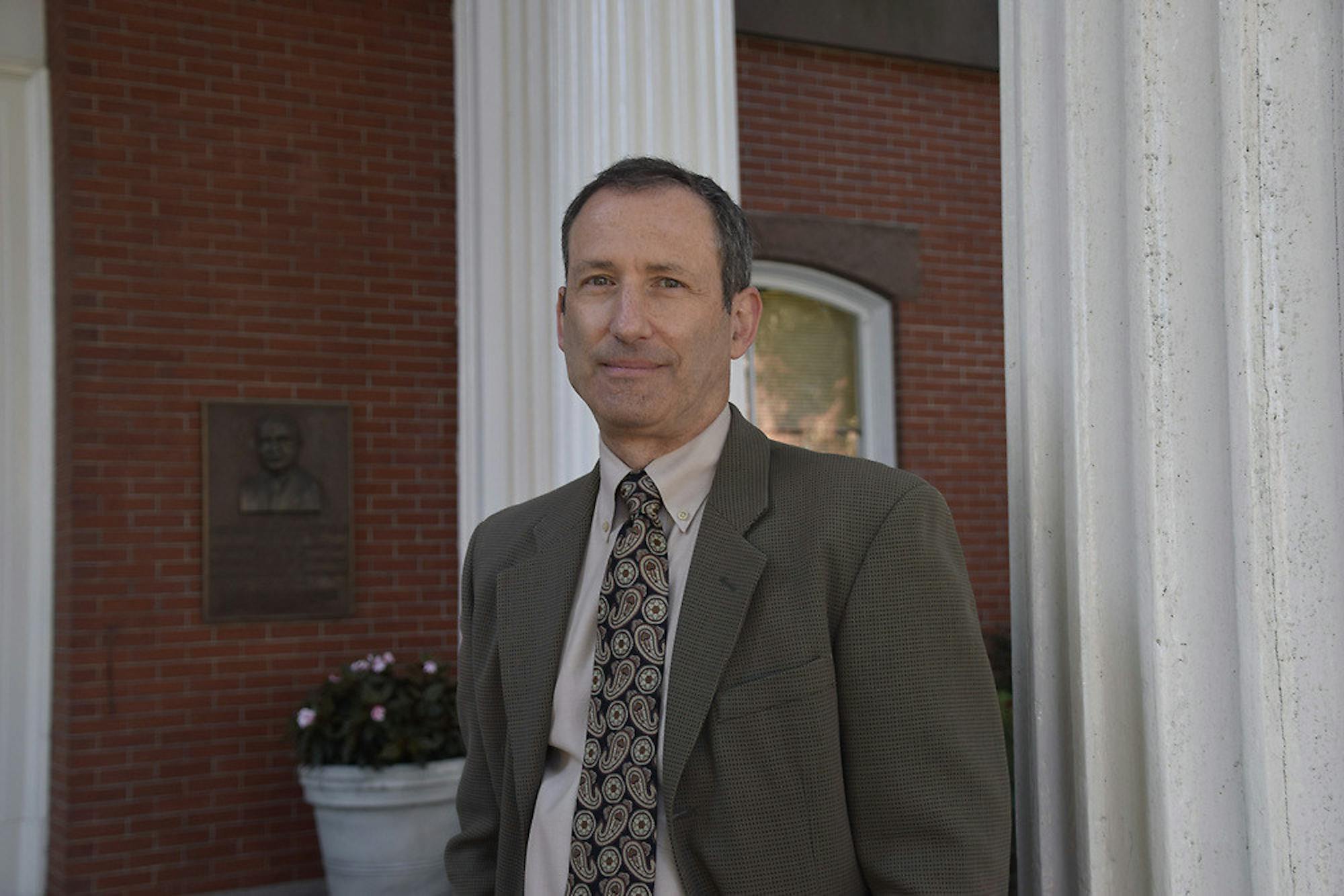Students and professors come and go on the Hill, but debate on the merits and flaws of distribution requirements for undergraduates in the School of Arts and Sciences has remained a constantover the years at Tufts. In total, graduation requirements — including distribution, writing, language and world civilization requirements — take students with no pre-matriculation credits up to 19 courses to complete -- potentially over half the courses they will take during their time at Tufts. Amidst rising tuition costs and increasing pressures on students to be employable, a dean, a professor and a student share their perspectives on the current value and drawbacks of Tufts' distribution requirements with the Daily.
Maddie Oliff, a junior, said that one of her concerns about the distribution requirements is not being able to complete her planned majors and minors or having to enroll classes that do not interest her.
“I had to drop an education class, [which] would count toward my American studies major," Oliff said. "I had to prioritize a math class that I’m in because I still need to fulfill that distribution requirement.”
In response, Dean of the School of Arts and Sciences James Glaser said more students could look beyond the "checklist mentality" of organizing one's academics to stop viewing the distribution requirements as mere "obstacles."
“Very few people don’t accomplish what they came here to accomplish. I’ve never heard students say that the distribution requirements were something standing in their way," Glaser, a professor of political science, said. "People are always going to be unhappy with something, but the fact of the matter is that most people fulfill the requirements just sort of by virtue of the choices that they would have made anyway, and then there may be a little bit [of courses] on the margins that they wouldn’t have taken.”
Steve Cohen, a senior lecturer in the Department of Education, said that just the fact that these requirements are not too burdensome on students does not prove their necessity, but instead they should be evaluated from the actual gains of implementation in the Tufts curriculum.
Cohen also challenged the appropriateness of using admission to the next level of education as a justification for college graduation requirements.
“I think that there’s something about math, science or humanities that everyone should be exposed to ... High schoolers go through the same thing — you have to take all this stuff all the time, and if you want to go to college and you don’t want to take algebra two, they’ll say ‘what? No, take it.’ They’ll rarely make the argument that it was about the way you think about variables; instead they’d say ‘colleges want you to take it,’" Cohen said. "If you’re applying to grad school to be a high school history teacher, people aren’t looking for your math score. So there should be another justification, another reason, rationale for [the requirements], which, I assume, there is. And whether or not those courses meet that rationale, that’s the interesting question to me."
Glaser said that instituting distribution requirements is part of a broader philosophy of open-ended education — a philosophy that not everyone is naturally inclined to abide by, no matter how beneficial.
“Say that a well-educated person is educated broadly. I think that philosophically I believe that, and if left to their own devices most people would approach their education that way, but I think the fact is that maybe not everybody would, and we’ve tried to set the parameters around the degree to require people to taste broadly and to be a well-rounded person,” Glaser said.
Oliff expressed that another important aim of a liberal arts education is to equip individuals with comprehensive skill sets for their future.
“As liberal arts students, we want to have people skills, we want to have analytical skills, we want to have it all,” Oliff said. “There’s a difference between stretching out of your comfort zone and feeling like it’s a burden to take those classes, and therefore not putting as much energy and thought and excitement into those classes.”
Oliff questioned if whether these distribution requirements actually lead to the benefits that they are meant to produce.
"If I’m taking a math or science class, am I actually building logical intelligence? Especially since there are many classes known to be really good non-major classes … that [wouldn’t] even count towards a math major," Oliff said.
However, Glaser said that he has heard from many students who entered classes with one mentality and exited with another.
“I hear all the time: ‘I didn’t think I would like that class, I had to take it, and it turned into something that became very interesting or enriched my life,’ and I have to say that’s very true. Here I am, I graduated 30 years ago, and the courses I took in art history, oceanography, the classics and economics are still with me, and I wouldn’t have necessarily taken them. But I did because I wanted a degree," Glaser said.
Besides the benefits of distribution requirements on an intellectual or philosophical level, Oliff noted that it is perhaps not good practice for Tufts to charge students so much for tuition and then not give them more freedom as to what they actually get to study while they are in attendance.
“I think if the approach to a liberal arts education were more student led, then that would be more beneficial,” she said. “I think there’s something to be said for trusting your student body … I would say that Tufts students are curious, and I would say that placing a requirement on students turns them off from exploring more.”
However, Glaser drew a direct connection between the presence of distribution requirements and the mission of a university like Tufts.
“[The distribution requirements are] a statement of the values of the faculty and the university. And those values say [that] we expect a well-rounded person to be educated in the humanities, the social sciences, the natural sciences, the arts, quantitative areas as well, and that’s what we value ... the requirements are an expression of those values,” Glaser said.
Cohen explained that other than the English writing requirement, Tufts students actually have a fair degree of choice regarding courses to fulfill the distribution requirements.
“Aside from the English requirement, there are really no specific requirements for students. Nobody is thinking they can’t major in history if they didn’t start with the ancient Greeks. I do think that students should have a great deal of choice in what they take in college.” Cohen said, “What always amuses me is that Tufts students seem to love to collect. They collect majors, they collect minors, I even have someone with a triple major. You know, I could barely do one [major]. That always amazes me. So, I’m not sure how many students really are detrimentally affected by the distribution requirements.”
Cohen added that it is up to every new generation of Tufts students to determine for themselves, within open-ended major and distribution requirements, what a well-rounded education will entail.
“It’s for ... the present-day students to be thinking about what they came to the university for, and what the university if providing, and if the university’s notions of a broad education that’s also a focused education is satisfied by the idea of a major and distribution requirements. I do think that if it were a return to rigid requirements, there would be more complaints, and those complaints would probably be justified,” Cohen said.
Tufts community members discuss role of distribution requirements in modern liberal arts university

Dean of the School of Arts and Sciences James Glaser poses for a portrait in front of Ballou Hall on Sept. 18, 2017.





